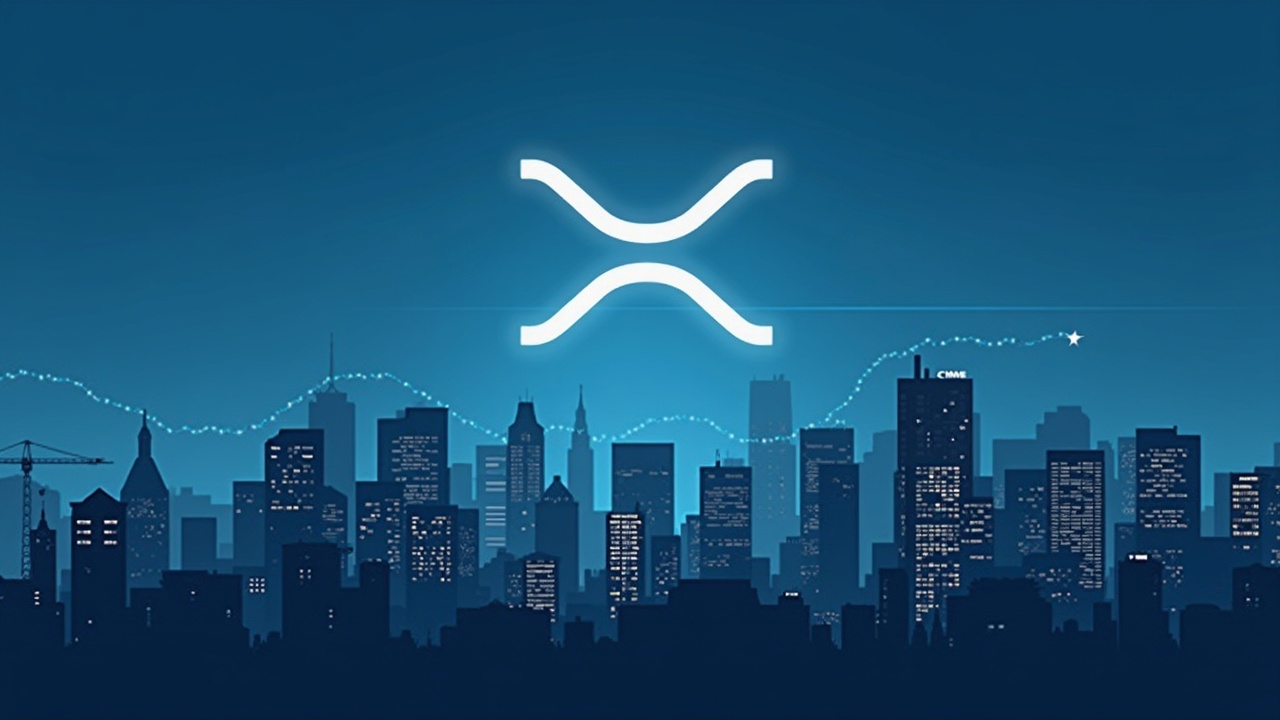The legal resolution for XRP in August 2025 has fundamentally reshaped its standing, turning a page from regulatory uncertainty to a new chapter of institutional acceptance and strategic positioning.
The Watershed Legal Resolution
After nearly five years of litigation, the legal overhang that clouded XRP’s status has finally cleared. In August 2025, Ripple Labs and the U.S. Securities and Exchange Commission (SEC) reached a settlement, dismissing their respective appeals and conclusively ending the high-profile lawsuit. The core outcome was the reaffirmation that XRP is not a security in secondary-market transactions, providing the regulatory clarity the market had long awaited. This resolution, which included a $50 million penalty for Ripple, has been widely viewed as a watershed moment, effectively removing a major barrier that had discouraged banks and institutional funds from engaging with the XRP payment network.
Opening the Institutional Floodgates
With the legal ambiguity resolved, institutional confidence has surged, triggering a rapid scaling of market infrastructure around XRP. This newfound clarity has opened the door for new financial products, including several proposed spot XRP exchange-traded funds (ETFs) currently under review by the SEC.
A key indicator of institutional engagement has been the success of CME Group’s XRP futures, which launched in May 2025. These futures saw $542 million in trading volume in their first month and saw open interest climb past $1 billion by August, pointing to massive and growing demand for regulated exposure to XRP. This activity signals that professional traders, funds, and corporate treasuries can now add XRP to their books within established and familiar workflows.

The Road Ahead: Catalysts and Challenges
XRP’s trajectory is now closely tied to several key catalysts. The most significant short-term development is the potential approval of spot XRP ETFs, which could channel billions of dollars in new institutional and retail investment into the asset. Such a move would grant XRP mainstream acceptance on par with other major cryptocurrencies.
Looking further ahead, XRP’s value proposition remains anchored in its utility for fast, low-cost cross-border transactions. Its future will be shaped by its ability to grow real-world use cases, deepen liquidity in payment corridors, and see greater integration into traditional financial products. While challenges such as global regulatory inconsistencies and technological competition persist, the post-settlement landscape has undeniably given XRP a stronger footing from which to compete.


